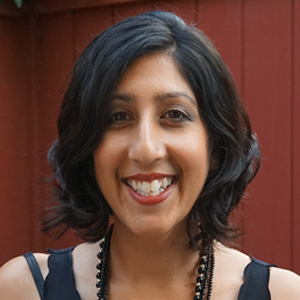Kraft ‘has changed our understanding of lipid organization’
Mary Kraft, assistant professor of chemical and biomolecular engineering at the University of Illinois Urbana-Champaign, is the winner of this year’s American Society for Biochemistry and Molecular Biology Walter A. Shaw Young Investigator in Lipid Research award.
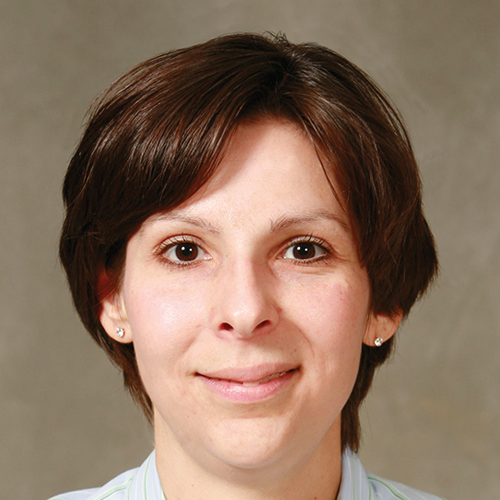
"I’m honored to receive the Walter A. Shaw Young Investigator Award in Lipid Research for my lab’s work on lipid organization in the plasma membrane. I’m especially grateful to my students, collaborators, colleagues, the ASBMB and Walter A. Shaw for making this possible."
—MARY KRAFT
Established by the ASBMB’s Lipid Research Division and named after the founder of Avanti Polar Lipids, the award recognizes outstanding research contributions by investigators with 10 or fewer years of experience.
Kraft’s colleague at UIUC, Jonathan Sweedler, said that Kraft’s work “has changed our understanding of lipid organization within the cellular plasma membrane and the mechanisms that produce it.”
Kraft devised a novel method for imaging using high-resolution secondary ion mass spectrometry in conjunction with metabolic isotope labeling, which opened an unexpected new view of lipid composition in the cellular plasma membrane. One key finding demonstrated that cholesterol is not enriched in sphingolipid domains but rather evenly distributed throughout the cell membrane.
Kraft is continuing her excellent efforts, said Bill Bement at the University of Wisconsin-Madison, who supported Kraft’s nomination for the award: “I cannot think of anyone who is better suited to this award, aimed as it is at young researchers who have not only attained prominence but also hold considerable promise for future work.”
Kraft started her career as a cooperative education student at the Nalco Chemical Company and completed her graduate work at UIUC. She took a four-year hiatus from the Midwest to do her postdoctoral fellowship at Stanford University, where she was willing to try what many other researchers could not achieve.
Her postdoctoral adviser, Steven Boxer, explained: “Everything she was doing was new. There is little precedent for the application of the method to any soft material, let alone biological membranes, and the consensus was that it would be impossible to pull off.” Kraft overcame those obstacles and established the high-resolution SIMS technique for lipid membranes. Kraft soon returned to UIUC for an assistant professor position.
Kraft not only has excelled in the laboratory but also in the classroom and in advising, receiving multiple awards from her institution for her attentiveness to student needs.
She will receive her award at the 2014 ASBMB annual meeting in San Diego, where she will give a presentation. The presentation will take place at 3:45 p.m. Sunday, April 27, in Room 6C of the San Diego Convention Center.
Enjoy reading ASBMB Today?
Become a member to receive the print edition four times a year and the digital edition monthly.
Learn moreGet the latest from ASBMB Today
Enter your email address, and we’ll send you a weekly email with recent articles, interviews and more.
Latest in People
People highlights or most popular articles
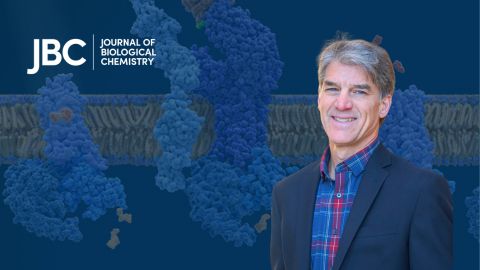
Meet Paul Shapiro
Learn how the JBC associate editor went from milking cows on a dairy farm to analyzing kinases in the lab.
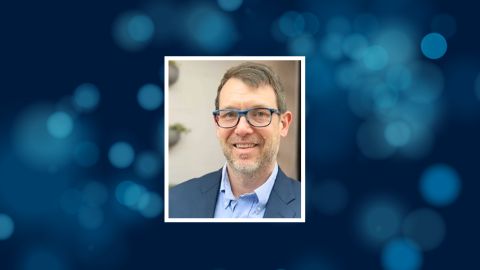
In memoriam: Jeffrey Cameron
He was an associate professor of biochemistry at the University of Colorado Boulder and co-founder of the biotech company Prometheus Materials.
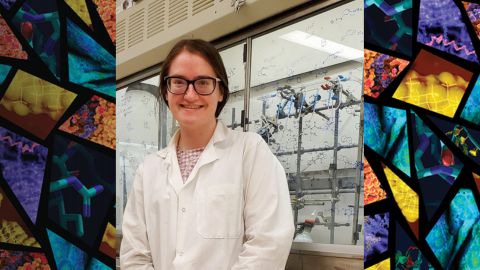
Finding a symphony among complex molecules
MOSAIC scholar Stanna Dorn uses total synthesis to recreate rare bacterial natural products with potential therapeutic applications.

Sketching, scribbling and scicomm
Graduate student Ari Paiz describes how her love of science and art blend to make her an effective science communicator.

Embrace your neurodivergence and flourish in college
This guide offers practical advice on setting yourself up for success — learn how to leverage campus resources, work with professors and embrace your strengths.

Survival tools for a neurodivergent brain in academia
Working in academia is hard, and being neurodivergent makes it harder. Here are a few tools that may help, from a Ph.D. student with ADHD.

